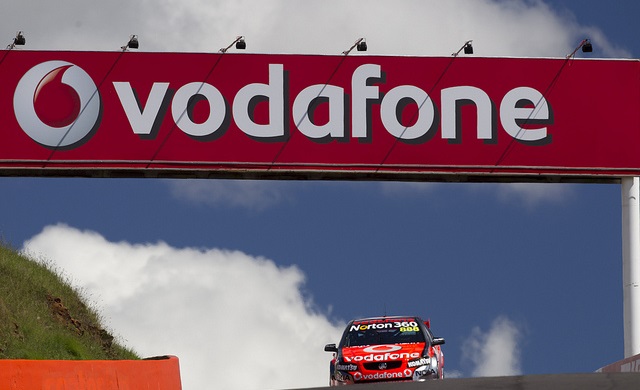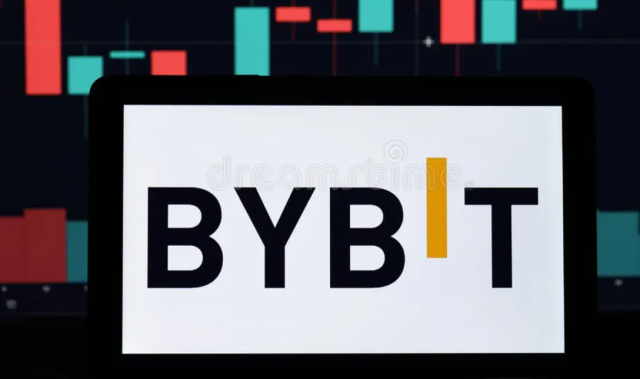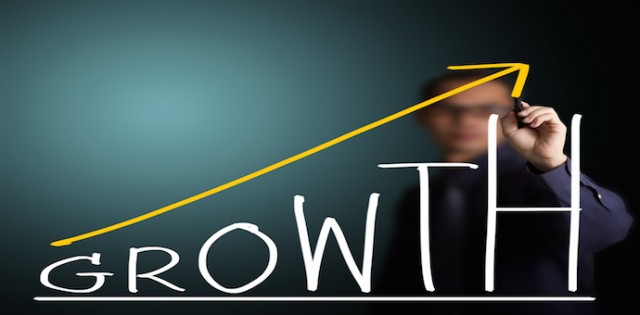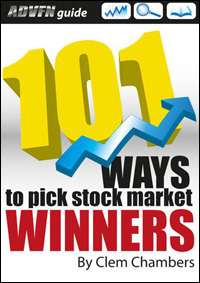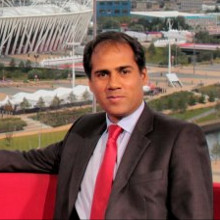Many people underestimate themselves—forgetting they’ve already conquered a complex, high-pressure skill: driving.
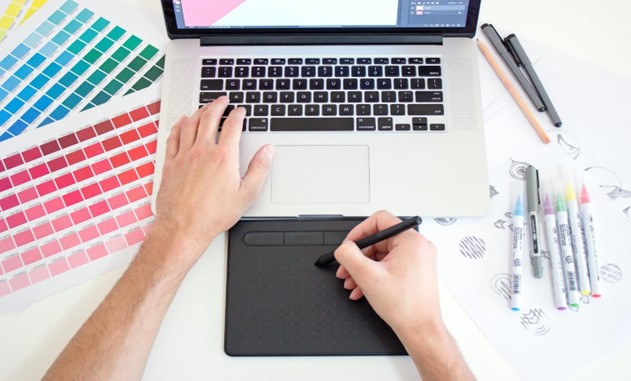
Consider this: each time you merge onto a busy highway, parallel park on a narrow street, or negotiate a four-way stop, you’re making split-second choices in an unpredictable environment. You’re decoding multiple inputs, evaluating risk, and controlling emotional reactions—and doing it almost automatically.
That level of skill? It didn’t happen by chance. It was developed. It’s mastery through repetition and refinement.
And that same path—the one that transformed you from nervous beginner to capable driver—can turn you into a skilled trader.
1. The Market Is Like the Road
Markets, like roads, are dynamic, unpredictable, and shaped by external forces. You can’t control them—but you can learn to navigate them.
When driving, we don’t freeze in a downpour or get flustered by a traffic jam. We adjust our approach to suit the situation.
In trading, that mindset translates into accepting the market as it is. It’s not about forecasting the future; it’s about interpreting present conditions—volatility, momentum, and direction—and responding with strategic positioning.
🚘 You don’t control the road—you control the car.
📈 You don’t control the market—you manage your trades.
⚙️ 2. Your Trading Strategy Is Your Vehicle
No one drives on instinct alone. Drivers depend on systems—mirrors, brakes, turn signals, and steering. And they follow structure—speed limits, yield signs, and lane markings. These tools and rules streamline decisions and minimize risk.
The same applies to trading. Your system—charts, indicators, risk parameters—is your vehicle. And like a skilled driver, a good trader uses their tools within a framework, not out of emotion or impulse.
Mastery, in both disciplines, is built through deliberate, guided practice. You weren’t born a great driver. You learned it. You can learn to trade the same way.
Your Trading System: The Vehicle That Keeps You in Motion
Think of your trading system as your car. It’s the tool that gets you from idea to execution.
You rely on a defined set of rules for when to enter and exit trades, how much to risk, and how to manage your positions. Just like driving demands a no-nonsense mindset—no getting behind the wheel without knowing your route—trading requires a firm commitment: no trade without a plan.
You maintain your trading system the same way a skilled mechanic cares for an engine—by tracking data, reviewing your performance, and keeping a detailed log.
A consistent, well-tuned system gives you the confidence to stay on course—even when the market looks like rush-hour chaos.
3. You Are the Driver
All the best road signs and car features mean nothing without someone behind the wheel. The trader, like the driver, is the one who makes judgment calls under stress.
Remember your early days behind the wheel—gripping the steering wheel with sweaty palms as you merged onto a busy freeway? Over time, you adapted. You learned to breathe through tension, stay focused, and recover after mistakes.
> 🧘 In trading, this calm, clear-headed presence is called the “Zero State”—a mindset like defensive driving: aware, composed, and always prepared.
This state is developed through tools like After Action Reviews (AARs), consistent journaling, and active emotional regulation. You’re not just managing trades—you’re managing yourself.

Learning to Trade the Way You Learned to Drive
Let’s revisit how people become skilled drivers:
* Watch first—Observe experienced drivers and learn the rules.
* Practice with guidance—Start in low-stakes environments with a coach.
* Face the tough stuff—night driving, merging, city traffic.
* Make mistakes and learn—near misses and errors are part of growth.
* Build confidence—With repetition, driving becomes second nature.
The same path leads to trading mastery. It’s not about cramming more information—it’s about hands-on reps, real reflection, and smart adaptation. The best part? You don’t need years to build trading skill. You can begin now with intentional, structured practice.
🎯 From Trading Novice to Market Pro
Growth comes not from guessing but from measuring your development across three areas:
* Market—Understanding the terrain.
* System B—Mastering your tools.
* Self—Staying sharp under pressure.
Just like driving, every “close call” in trading becomes paid-for insight. It’s not failure—it’s forward motion.
Final Takeaway
If you’ve learned to drive, then you already know how to:
* Navigate uncertainty
* Follow structure while staying flexible.
* Control your focus and emotions.
* Improve through action.
So the real question is:
If trading is just another skill like driving, what’s keeping you in park?
🚦 You didn’t become a confident driver overnight. It took repetition, the right equipment, and a steady mindset. Trading follows the same road. Keep showing up—and you’ll get where you’re going.
Learn from market wizards: Books to take your trading to the next level

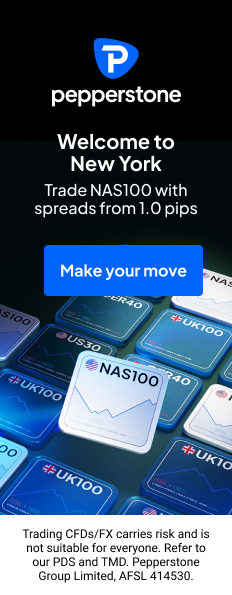
 Hot Features
Hot Features



